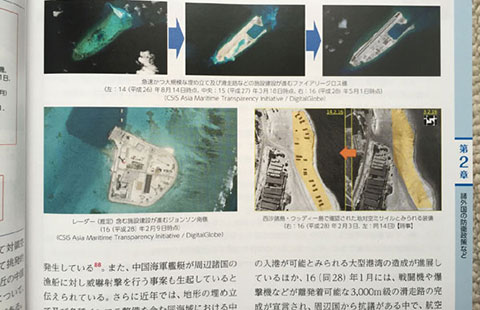NASA's telescope discovers tiny planet system
WASHINGTON - NASA's Kepler mission scientists have discovered a new planetary system that is home to the smallest planet yet found around a star similar to our sun, US space agency NASA announced Wednesday.
The planets are located in a system called Kepler-37, about 210 light-years from Earth in the constellation Lyra. The smallest planet, Kepler-37b, is slightly larger than our moon, measuring about one-third the size of Earth. It is smaller than Mercury, which made its detection a challenge.
Astronomers think Kepler-37b does not have an atmosphere and cannot support life as we know it. The tiny planet almost certainly is rocky in composition. Kepler-37c, the closer neighboring planet, is slightly smaller than Venus, measuring almost three-quarters the size of Earth. Kepler-37d, the farther planet, is twice the size of Earth.
Kepler-37's host star belongs to the same class as our sun, although it is slightly cooler and smaller. All three planets orbit the star at less than the distance Mercury is to the sun, suggesting they are very hot, inhospitable worlds. Kepler-37b orbits every 13 days at less than one-third Mercury's distance from the sun. The estimated surface temperature of this smoldering planet, at more than 800 degrees Fahrenheit (700 degrees Kelvin), would be hot enough to melt the zinc in a penny. Kepler-37c and Kepler-37d, orbit every 21 days and 40 days, respectively.
Launched in March 2009, Kepler was designed to discover Earth- size planets orbiting other stars. Kepler searches for distant worlds by looking for "transits," when a planet passes in front of a star, briefly causing it to dim. The amount of dimming reveals the size of the planet compared to the size of the star.
- NASA to launch ocean wind monitor to ISS
- NASA finds billions of Earth-size planets
- NASA posts video debunking Maya 'Armageddon'
- Twin NASA probes plunge into lunar mountain
- NASA moon-mapping mission to come to a crashing end
- NASA aims to launch Mars rover twin in 2020
- NASA Mars rover fully analyzes first soil samples
- NASA probe reveals organics, ice on Mercury
- NASA hands out image of a Martian rock
- Curiosity drives 259 meters so far: NASA
- NASA completes 'brain transplant' on Curiosity




















